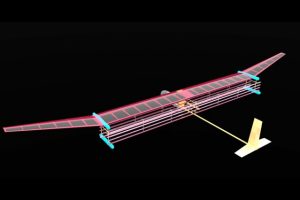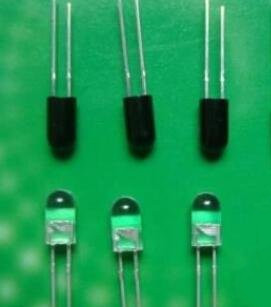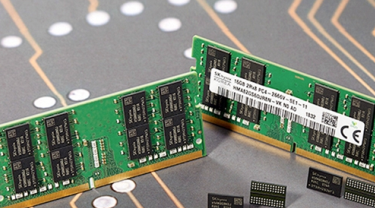Earlier this week, engineers at MIT flew a plane by what they have dubbed ‘solid-state flight’.
Instead of propellers or some form of jet engine, the scheme uses high voltage to accelerate ions in the air, and these, in-turn, accelerate molecules in the air.

In this case, there are multiple accelerators – two columns of four rows.

How it works – taken from MIT video
Each accelerator consists of a horizontal wire in front of an aerofoil-shaped conductor.
+20kV on the wire and -20kV on the aerofoil causes nitrogen ions (yellow) to flow from wire to aerofoil.
As they travel, the ions drag gas molecules from the air (black) along with them.
Though the ions stop at the negative electrodes, the molecules carry on – providing thrust.
In this case, the thrust was sufficient for sustained flight.

“This is the first-ever sustained flight of a plane with no moving parts in the propulsion system,” said MIT aeronautics researcher Steven Barrett. “This has potentially opened new and unexplored possibilities for aircraft which are quieter, mechanically simpler, and do not emit combustion emissions.”
Haven’t we seen electro-dynamic ‘lifters’ hovering?
“For years, electroaerodynamic thrust has mostly been a hobbyist’s project, and designs have for the most part been limited to small, desktop lifters tethered to large voltage supplies that create just enough wind for a small craft to hover in the air,” according to MIT. “It was largely assumed that it would be impossible to produce enough ionic wind to propel a larger aircraft over a sustained flight.”
The work has been published in Nature as ‘Flight of an aeroplane with solid-state propulsion‘.
Source from:electronicsweekly

 انگلیسی
انگلیسی  چینی
چینی  آلمانی
آلمانی  کره ای
کره ای  ژاپنی
ژاپنی  فارسی
فارسی  Portuguese
Portuguese  Russian
Russian  اسپانیایی
اسپانیایی 





